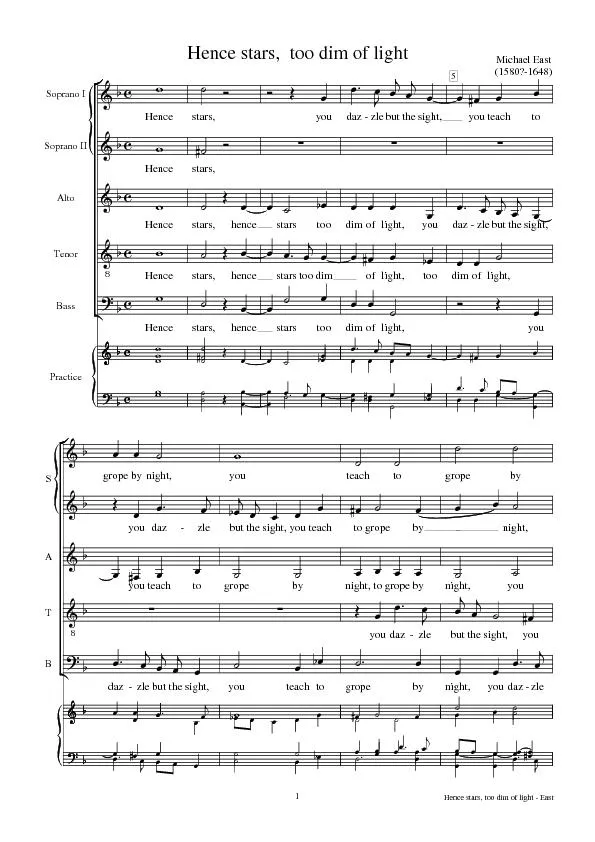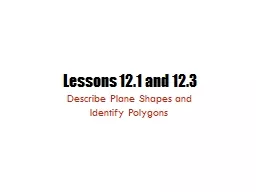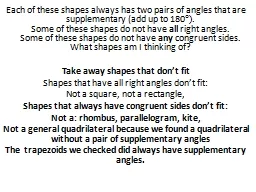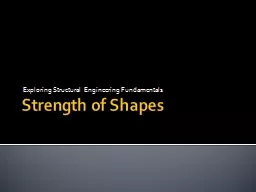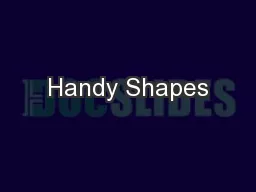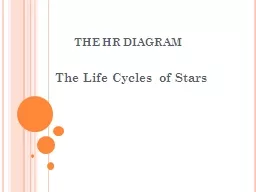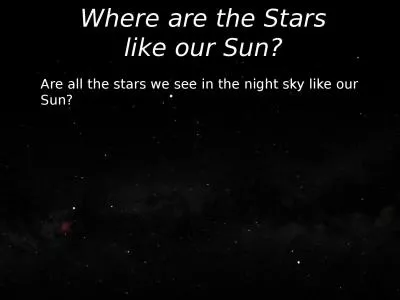PPT-Line Shapes in Hot Stars
Author : test | Published Date : 2016-03-03
Hydrodynamics amp Wind MassLoss Rates David Cohen Swarthmore College with Maurice Leutenegger Stan Owocki Rich Townsend Emma Wollman 09 James MacArthur
Presentation Embed Code
Download Presentation
Download Presentation The PPT/PDF document "Line Shapes in Hot Stars" is the property of its rightful owner. Permission is granted to download and print the materials on this website for personal, non-commercial use only, and to display it on your personal computer provided you do not modify the materials and that you retain all copyright notices contained in the materials. By downloading content from our website, you accept the terms of this agreement.
Line Shapes in Hot Stars: Transcript
Download Rules Of Document
"Line Shapes in Hot Stars"The content belongs to its owner. You may download and print it for personal use, without modification, and keep all copyright notices. By downloading, you agree to these terms.
Related Documents


